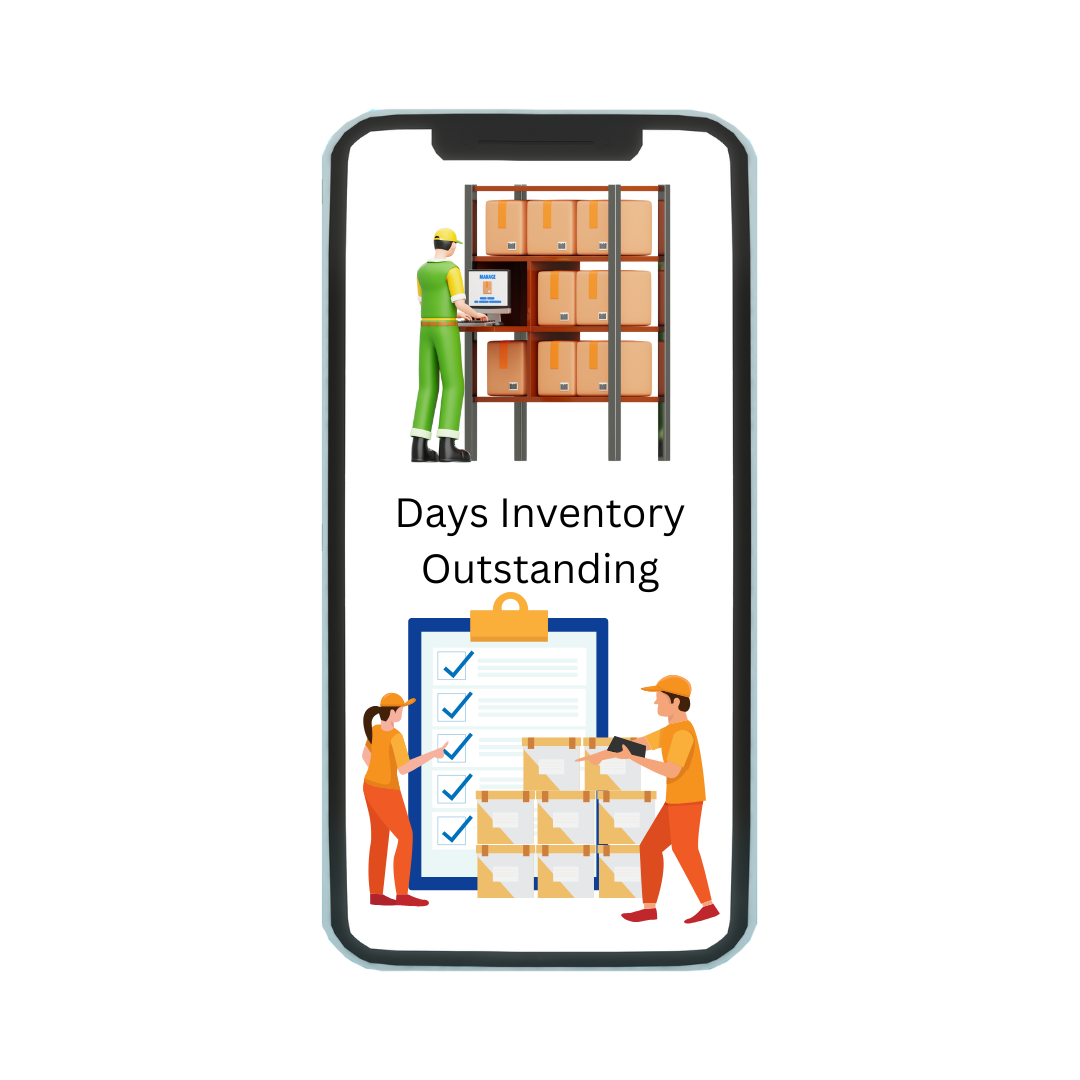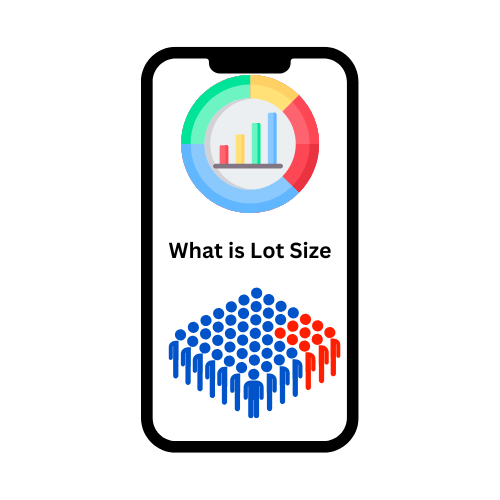A Collateralized Debt Obligation (CDO) is a complex financial product that is structured to pool together cash flow-generating assets and repackages this asset pool into discrete tranches that can be sold to investors. Here is a detailed breakdown of what CDOs are, how they work, and their implications:
What Is a Collateralized Debt Obligation (CDO)?
A CDO is a type of structured finance product that is backed by a pool of loans and other assets. These assets serve as collateral for the CDO. The main purpose of a CDO is to distribute the risk of the underlying assets to different classes of investors, offering varying levels of risk and return.
Structure of Collateralized Debt Obligation (CDO)?
- Underlying Assets: These can include mortgages, corporate bonds, loans, and other debt instruments. The pool of these assets generates cash flows through interest and principal payments.
- Tranches: The CDO is divided into different tranches, each representing a different level of risk and return. The main tranches are:
- Senior Tranche: Highest-rated and least risky. These investors are paid first and thus have lower returns.
- Mezzanine Tranche: Mid-level risk and return. These investors are paid after the senior tranche.
- Equity Tranche: Lowest-rated and most risky. These investors are paid last and thus have the highest potential returns.
Types of Collateralized debt obligation
Collateralized Debt Obligations (CDOs) come in various types, each with distinct characteristics and underlying assets. The primary types of CDOs include:
- Collateralized Loan Obligations (CLOs)
- Description: CLOs are a type of CDO that is specifically backed by a pool of corporate loans, typically leveraged loans given to businesses.
- Characteristics: They are structured similarly to CDOs with tranches of varying risk and return.
- Investor Appeal: CLOs are attractive to investors seeking exposure to corporate credit without directly investing in individual loans.
- Collateralized Bond Obligations (CBOs)
- Description: CBOs are backed by a pool of bonds, which can include corporate bonds, sovereign bonds, or other types of fixed-income securities.
- Characteristics: Similar to CLOs, CBOs are divided into tranches that distribute risk and return.
- Investor Appeal: Investors looking for diversified exposure to bond markets might find CBOs appealing.
- Structured Finance CDOs
- Description: These CDOs are backed by a mix of structured finance products, such as asset-backed securities (ABS), mortgage-backed securities (MBS), and other types of securitized assets.
- Characteristics: The underlying assets can be quite diverse, making these CDOs more complex.
- Investor Appeal: Suitable for investors who want exposure to various structured finance instruments.
- Synthetic CDOs
- Description: Synthetic CDOs use credit default swaps (CDS) and other derivatives to gain exposure to the credit risk of a portfolio of fixed-income assets without owning the actual assets.
- Characteristics: They are highly complex and can be used to hedge risk or take on additional risk.
- Investor Appeal: Attractive to sophisticated investors who understand derivatives and are looking to speculate or hedge credit risk.
- Market Value CDOs
- Description: These CDOs are managed based on the market value of the underlying assets rather than the cash flows they generate.
- Characteristics: The performance of these CDOs depends on the market value of the collateral, which can fluctuate based on market conditions.
- Investor Appeal: Suitable for investors willing to take on more market risk for potentially higher returns.
- Cash Flow CDOs
- Description: Cash Flow CDOs focus on the cash flows generated by the underlying assets to pay interest and principal to investors.
- Characteristics: These CDOs are structured to ensure that the cash flows from the collateral are sufficient to meet the payment obligations of the different tranches.
- Investor Appeal: Attractive to investors seeking predictable cash flow streams.
- Arbitrage CDOs
- Description: Created to take advantage of the difference (arbitrage) between the cost of acquiring the collateral and the returns generated by issuing the CDO tranches.
- Characteristics: Typically actively managed to maximize the arbitrage opportunity.
- Investor Appeal: Suitable for investors looking for potentially higher returns through active management.
- Balance Sheet CDOs
- Description: Used by banks and financial institutions to remove assets from their balance sheets and transfer the credit risk to investors.
- Characteristics: Often used for regulatory capital relief and to improve the institution’s balance sheet.
- Investor Appeal: Attractive to investors seeking exposure to a diversified portfolio of assets.
Benefits of CDOs
Collateralized Debt Obligations (CDOs) offer several benefits to various stakeholders in the financial markets, including issuers, investors, and the broader financial system. Here are the key benefits:
- Risk Diversification
- Pooling of Assets: CDOs pool together a diverse set of debt instruments, which spreads the risk among various assets. This diversification reduces the impact of any single asset’s default on the overall portfolio.
- Tranching: By dividing the CDO into tranches with different risk levels, investors can choose the tranche that matches their risk tolerance and investment goals.
- Enhanced Returns
- Yield Enhancement: CDOs often offer higher yields compared to traditional fixed-income securities, particularly for higher-risk tranches. This can be attractive to investors seeking higher returns.
- Arbitrage Opportunities: Issuers can exploit arbitrage opportunities by acquiring higher-yielding assets and issuing lower-yielding tranches, potentially enhancing returns for equity tranche investors.
- Efficient Capital Utilization
- Capital Relief: Financial institutions can use CDOs to offload risk from their balance sheets, thereby freeing up capital for other lending and investment activities. This improves capital efficiency and regulatory capital ratios.
- Risk Management: By transferring credit risk to CDO investors, issuers can better manage their risk exposure and improve their financial stability.
- Access to New Investment Opportunities
- Diverse Exposure: CDOs provide investors with access to a diversified pool of debt instruments that they might not be able to invest in directly. This includes exposure to corporate loans, bonds, and other debt securities.
- Customized Risk/Return Profiles: Investors can select tranches that fit their specific risk/return preferences, allowing for more tailored investment strategies.
- Increased Market Liquidity
- Secondary Market: CDOs contribute to the liquidity of debt markets by creating tradable securities backed by less liquid underlying assets. This enhances the overall market efficiency and liquidity.
- Price Discovery: The trading of CDO tranches in the secondary market helps in the price discovery of the underlying assets, contributing to more accurate valuation and better-informed investment decisions.
- Financial Innovation
- Product Innovation: CDOs represent financial innovation by creating new investment products that meet the needs of different market participants. This drives the development of more sophisticated financial markets.
- Hedging and Speculation: CDOs provide tools for hedging credit risk and for speculative investments, allowing market participants to manage their risk more effectively or to capitalize on market opportunities.
- Improved Credit Availability
- Expanded Credit: By enabling financial institutions to transfer credit risk and free up capital, CDOs can lead to increased lending capacity. This can support economic growth by expanding credit availability to businesses and consumers.
- Support for Leveraged Lending: CDOs, especially CLOs, support the market for leveraged loans, which can provide financing for corporate acquisitions, expansions, and other business activities.
Method of Collateralized debt obligation
The creation and issuance of a Collateralized Debt Obligation (CDO) involve several key steps, each essential to structuring the CDO, pooling the underlying assets, and selling the tranches to investors. Here’s a detailed outline of the method used to create a CDO:
- Selection of Underlying Assets
- Asset Pooling: The first step is to select and pool a diverse set of debt instruments. These can include mortgages, corporate loans, bonds, and other fixed-income assets.
- Due Diligence: Extensive due diligence is conducted to evaluate the creditworthiness and performance of the underlying assets. This step is crucial for assessing the risk profile of the asset pool.
- Structuring the CDO
- Tranching: The pooled assets are divided into tranches based on their risk and return characteristics. The main tranches are:
- Senior Tranche: Highest priority in terms of payment, thus the least risky with the lowest return.
- Mezzanine Tranche: Mid-level priority, carrying moderate risk and return.
- Equity Tranche: Lowest priority, absorbing the first losses, thus the riskiest with the highest potential return.
- Credit Enhancement: To improve the credit ratings of the tranches, issuers might use techniques like over-collateralization (holding more assets than necessary) or reserve accounts (setting aside funds to cover losses).
- Special Purpose Vehicle (SPV)
- Formation of SPV: A separate legal entity, called a Special Purpose Vehicle (SPV) or Special Purpose Entity (SPE), is created to hold the pooled assets and issue the CDO tranches. This isolates the financial risk of the CDO from the originating institution.
- Asset Transfer: The underlying assets are transferred to the SPV. This ensures that the assets are legally separate from the originator’s balance sheet.
- Issuance of Tranches
- Rating Agencies: Rating agencies assess the risk of each tranche and assign credit ratings based on the likelihood of timely payments. Higher-rated tranches are deemed less risky.
- Pricing: The tranches are priced based on their risk, return, and market demand. Senior tranches typically offer lower yields compared to mezzanine and equity tranches.
- Marketing and Selling: The tranches are marketed and sold to investors. Investment banks or other financial intermediaries often play a key role in this process.
- Cash Flow Management
- Collection of Payments: The SPV collects interest and principal payments from the underlying assets.
- Distribution of Cash Flows: Cash flows are distributed to investors according to the seniority of the tranches. Senior tranche holders are paid first, followed by mezzanine, and then equity tranche holders.
- Ongoing Management and Monitoring
- Performance Monitoring: The performance of the underlying assets and the payment structure of the CDO are continuously monitored.
- Reporting: Regular reports are provided to investors, detailing the performance of the CDO and any changes in the underlying assets.
Example of CDO Creation
- Asset Pooling: An investment bank selects a pool of $500 million in corporate loans.
- Structuring: The bank structures the CDO into three tranches:
- Senior Tranche (AAA-rated): $300 million
- Mezzanine Tranche (BBB-rated): $150 million
- Equity Tranche (unrated): $50 million
- SPV Formation: The bank creates an SPV to hold the $500 million in corporate loans.
- Issuance: The SPV issues CDO securities corresponding to the senior, mezzanine, and equity tranches. These are sold to various investors, such as pension funds (senior tranche), hedge funds (mezzanine tranche), and private equity firms (equity tranche).
- Cash Flow Distribution: The corporate loans generate cash flows, which are collected by the SPV and distributed to investors in order of tranche seniority.
Risks Associated with CDOs
Collateralized Debt Obligations (CDOs) carry various risks, which can impact investors, issuers, and the broader financial system. Understanding these risks is crucial for assessing the potential downsides of investing or issuing CDOs. Here are the key risks associated with CDOs:
- Credit Risk
- Underlying Asset Quality: CDOs are backed by pools of debt instruments such as mortgages, corporate loans, or bonds. If a significant portion of these underlying assets defaults or experiences credit deterioration, it can lead to losses for investors.
- Concentration Risk: Poor diversification within the asset pool can amplify credit risk. Over-concentration in a specific sector or geographic region increases vulnerability to sector-specific or regional economic downturns.
- Market Risk
- Price Volatility: CDO tranches can experience price fluctuations due to changes in interest rates, credit spreads, or overall market conditions.
- Liquidity Risk: Some CDO tranches, particularly lower-rated or less liquid ones, may face challenges in finding buyers in the secondary market during times of market stress.
- Structural Risk
- Tranche Subordination: The hierarchical structure of CDO tranches means that lower-rated tranches (e.g., mezzanine and equity tranches) absorb losses first before higher-rated tranches. This subordination exposes lower-rated investors to higher default risks.
- Payment Priority: Senior tranches may not receive expected payments if lower tranches experience significant losses or defaults, impacting the overall cash flow distribution.
- Counterparty Risk
- Derivatives Exposure: Synthetic CDOs, which use credit default swaps (CDS) and other derivatives, expose investors to counterparty risk. If the counterparty fails to meet its obligations, investors may face losses.
- Issuer Risk: Investors are exposed to the credit risk of the CDO issuer, typically an investment bank or financial institution. If the issuer experiences financial distress or default, it can affect the performance of the CDO.
- Structural Complexity
- Opacity and Lack of Transparency: CDO structures can be highly complex, making it difficult for investors to fully understand the underlying risks and potential outcomes.
- Model Risk: Assumptions and models used in structuring CDOs may not accurately reflect real-world market conditions or credit events, leading to mispricings and unexpected losses.
- Regulatory and Legal Risks
- Regulatory Changes: Changes in regulatory requirements, such as capital adequacy rules for banks or insurance companies, can impact the issuance and valuation of CDOs.
- Litigation Risk: Legal disputes can arise if investors perceive misrepresentation or fraud in the marketing or structuring of CDOs, potentially leading to financial liabilities for issuers.
- Systemic Risk
- Market Contagion: During periods of financial stress or crisis, problems in the CDO market can spill over to broader financial markets, contributing to systemic instability.
- Interconnectedness: The interconnected nature of financial institutions and markets can amplify the impact of CDO-related losses, affecting the overall financial system.
- Operational Risk
- Execution Risk: Issues related to the operational execution of CDO transactions, including errors in asset selection, valuation, or cash flow management, can lead to financial losses or operational disruptions.
Mitigation Strategies
To mitigate the risks associated with CDO investments, investors and issuers can consider several strategies:
- Due Diligence: Conduct thorough due diligence on the underlying assets, issuer, and structural features of the CDO.
- Diversification: Invest in a diversified portfolio of CDOs to spread risk across different asset classes, sectors, and geographical regions.
- Risk Management: Employ hedging strategies, such as credit default swaps or options, to mitigate specific risks within CDO portfolios.
- Transparency and Disclosure: Promote transparency in CDO structures and operations to enhance investor understanding and confidence.
- Regulatory Compliance: Stay informed about regulatory changes and ensure compliance with relevant laws and regulations.
Conclusion
CDOs offer a range of benefits including risk diversification, enhanced returns, efficient capital utilization, access to new investment opportunities, increased market liquidity, financial innovation, and improved credit availability. These benefits make CDOs attractive to various stakeholders, from issuers looking to manage risk and optimize capital, to investors seeking diversified and customized investment opportunities. However, it is important to note that these benefits come with complexities and risks that require careful management and understanding.





